
Upon its introduction in 1955, no one could have estimated the impact that the Citroën DS would have, not just on the wider automotive landscape, but also on French culture in general. The ‘Goddess’ defined a national rebirth, and forged a legacy that remains prevalent and topical today…
“There is the DS. And there are other cars,” concludes the foreword in creative design company Counterpoint’s sumptuous new book dedicated to the Citroën DS, aptly titled ‘Deity’. A combination of Flaminio Bertoni’s graceful and quirky styling, André Lefèbvre’s innovative engineering, and a sensual driving experience instantly cemented the DS as a timeless classic when it was revealed. It would remain largely unchanged until production ceased in 1975, some 1.4 million cars (and myriad variations) later.
This new book is the result of almost two years of work and tells the story of the Citroën DS, from its importance in French culture, to how it changed Citroën’s public image. We spoke to Counterpoint about the premise behind the project, and how it came to be.
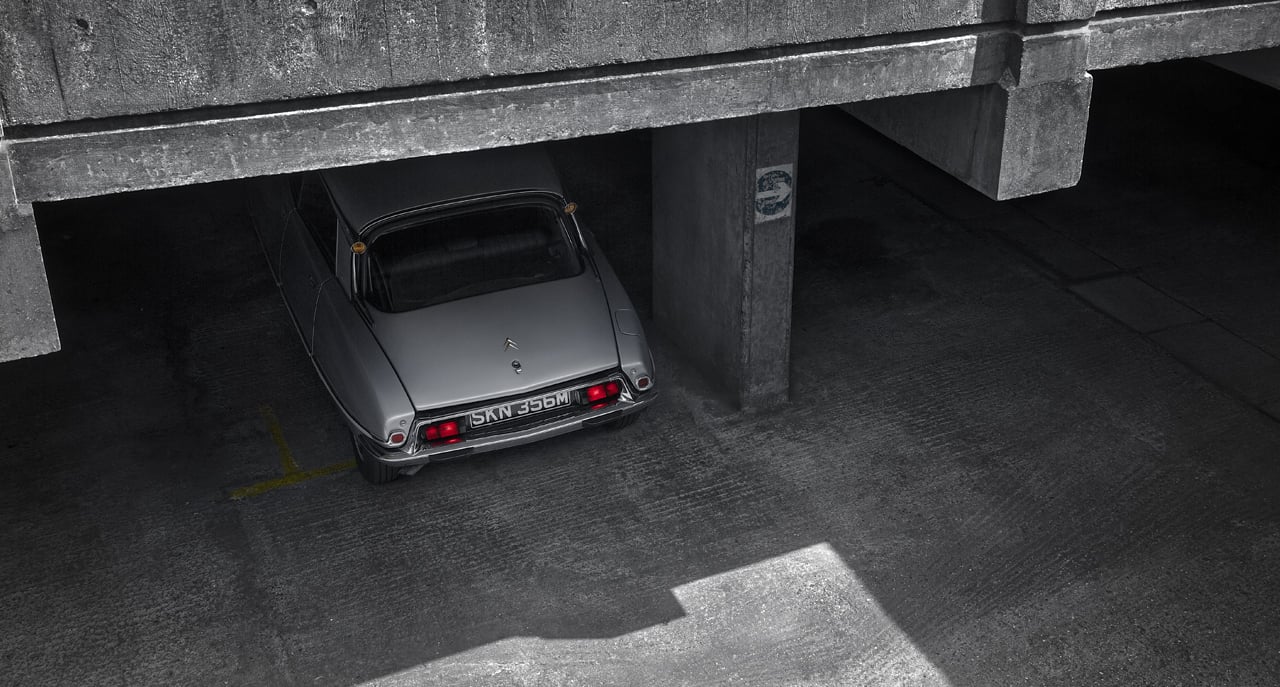
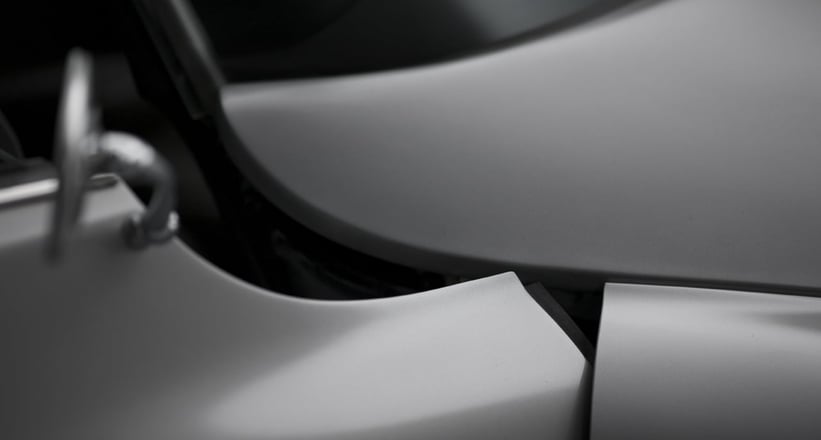
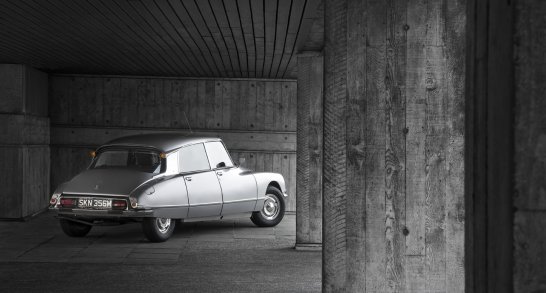
Why was the Citroën DS so groundbreaking?
Designed by sculptor and car designer Flaminio Bertoni, the DS looked completely different from anything else. Considered by many to be the most beautiful car of all time, it was futuristic, elegant and beautifully curvaceous. It was the most technically advanced car in the world at its 1955 launch, and remained so two decades later, when it was withdrawn from production. But it was more than just a technical powerhouse, or one of the most aerodynamically efficient cars of its time. The DS stood as a statement of intent.
Why was the ‘Goddess’ moniker so appropriate?
Déesse in French translates as Goddess, which was perfect for our tribute. We wanted to tell the story of the car’s curvaceous aesthetics juxtaposed against the harsh, brutalist architecture of the 1960s and 1970s. We think the name is perfect, as the DS looks as graceful today as it did 60 years ago.
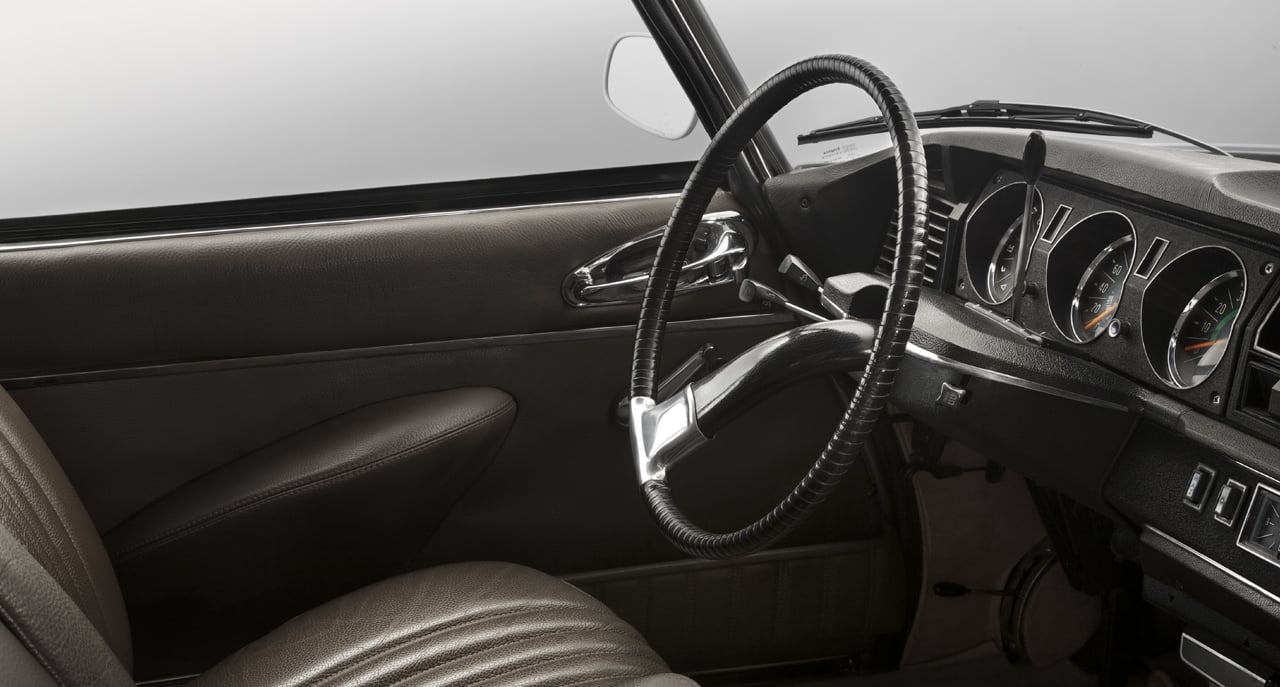
Of the countless variations of the DS, which is your favourite?
There were so many variations made during the car’s 20-year tenure, some of which we feel strayed a little too far from the original shape, such as the Safari. Our favourites are the later versions with the teardrop-shaped headlights. The silver Pallas edition that we used in our photoshoot is a particularly nice example.
What did the Citroën DS symbolise at the time?
Initially, it announced that Citroën was back at the forefront of engineering, where it had resided years earlier with the radical Traction Avant. Aesthetically, it had a sparse, unornamented grace that spoke of the same economy of design as contemporary architecture, but with flowing artistry rather than functionalist brutality. More importantly, the DS symbolised a national rebirth. It was an emblem of the dynamic and modern France of the ‘trente glorieuses’ – the 30 years of social and economic construction that followed the War. It was born into a moment of history, and grew as France found new pride and prominence in the world.
From where did your fascination with the Citroën DS stem?
It’s a car you don’t see on the road very often but, when you do see one, it’s a real head-turner. You can’t help but stare at it, or peer inside. Six decades later, there is still nothing like it. We also liked that it’s divisive – not everybody likes it, which is a conversation starter in itself.

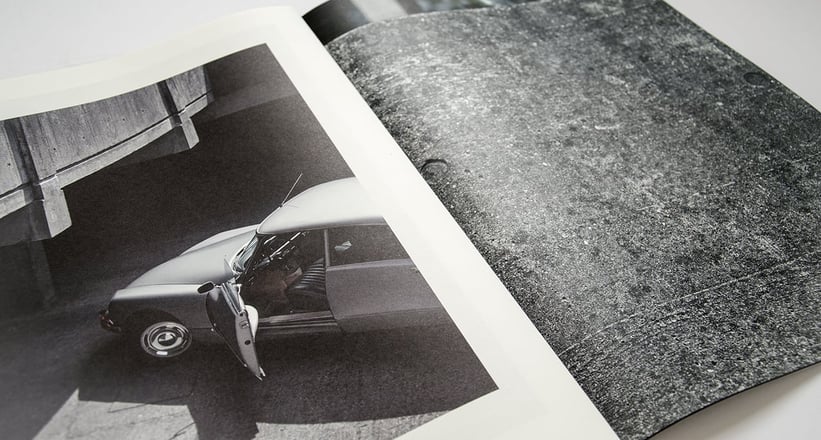

Could you tell us more about the project you undertook?
As designers and art directors, we wanted to tell a story about a car in a way that hadn’t been done before. There were plenty of images of Citroën DSs on the internet and in books, but none that we thought truly did the car justice. We wanted to see the profile of the car, the details and the interior. We wanted a backdrop that contrasted with, but connected to, the car’s history. We’d worked with automotive photographer Oli Tennent before, and were lucky enough to be able to work with him again on this project. His studio photography is second-to-none, and we worked together to capture the details that tend to go unnoticed.
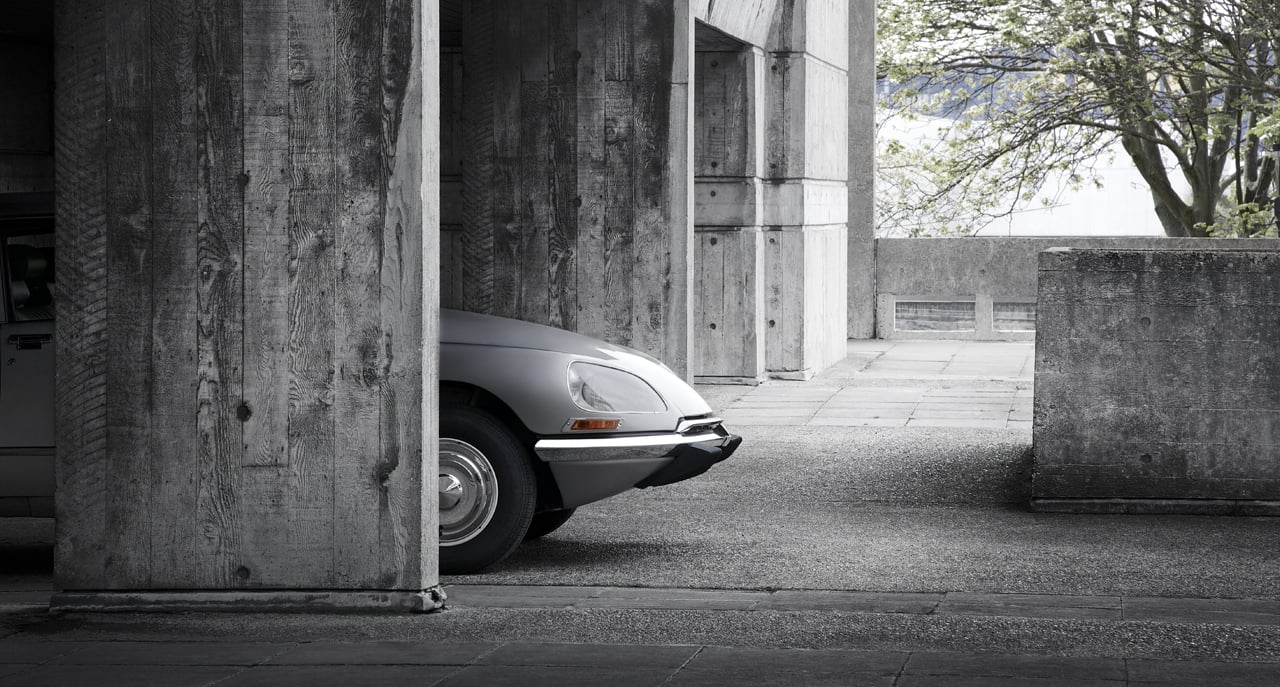
We were also fortunate enough to work with automotive writer Jon Pressnell, who had interviewed some of the DS’s original designers for one of his books. His knowledge was invaluable in adding succinct detail that conveyed the history of this iconic car. When it came to the design of the publication, we were intentionally minimal, letting the imagery and type take priority. Subtle details such as the gold foil and silver ink – which were matched to the colours of the car we shot – were a nod to the similarly subtle details on the car. It was a pleasure getting under the skin of the DS, and we hope our tribute does the car justice.
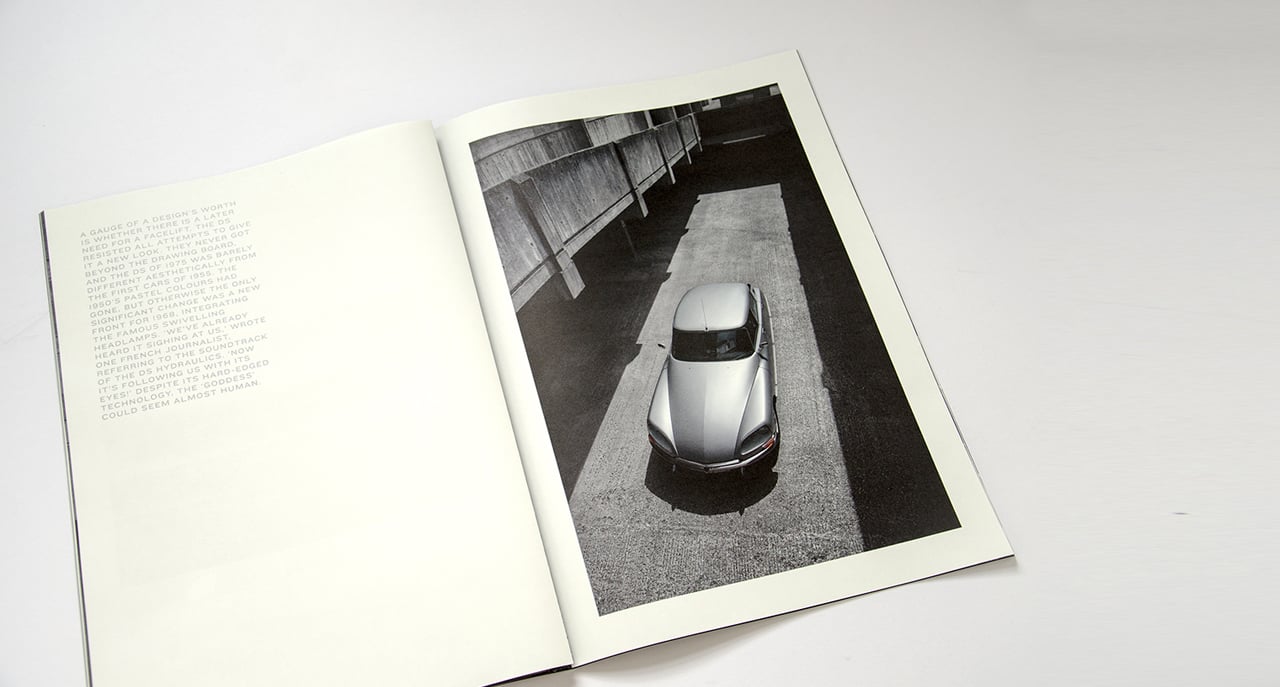
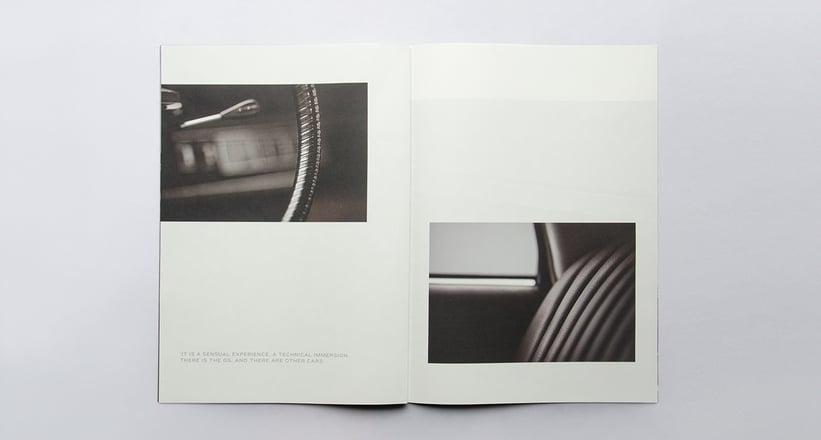

From extensively documenting the car, which details stick out in your mind?
As we mentioned, the DS is full of details and intricacies. Everywhere you look, you’ll find something new, be it on the exterior, underneath the bonnet, or in the cockpit. When we were driving the car to the photoshoot location, we couldn’t help but admire the thick carpet, which felt like something you’d find in someone’s lounge rather than their car.
The DS’s enduring legacy is as strong as ever – why do you think this is?
A gauge of a design’s worth is whether there is a need to facelift it. The DS resisted all attempts to give it a new look – the DS of 1975 was barely different aesthetically from the first cars in 1955, save for the pastel colours, perhaps. Despite its hard-edged technology, the ‘Goddess’ could almost seem human…
Photos: Counterpoint (concept, design and art direction)/ Oli Tennent (studio and location photography)
‘Deity’ by Counterpoint is available to buy worldwide in a limited quantity, priced at £25 exc. postage and packaging. To register your interest, please send an email addressed to hello@wearecounterpoint.co.uk. We don’t think stocking-fillers get much better.
